It is straightforward to have a single GAE project implement both your website and an API. You can even do this within a single service. You could put each in a separate service, and the advantage of that is that you can update one without updating the other. For small projects, a disadvantage is that two services are more expensive than one (though GAE is quite inexpensive overall).
For prod vs dev, you'll need to explain your requirements a little more, but here are some thoughts.
Each GAE service has multiple versions. You can deploy your production version to www.mycompany.com and deploy a dev version to dev-dot-myapp.appspot.com (that's the way GAE does URLs for versions of your app). Both of these versions will access the same datastore so you need to be careful with the dev version so that it doesn't mess up your prod implementation.
If you have a dev situation that is bleeding edge and shouldn't be able to access the datastore of your production app, then you would create a different GAE project for that.
Here is a way to visualize it:
- Google Cloud Project A
- GAE Project A
- production www service
- production API service (this could be combined with production www service)
- dev www service
- dev API service
- Google Cloud Project B
- GAE Project B
- bleeding edge www service
- bleeding edge API service
